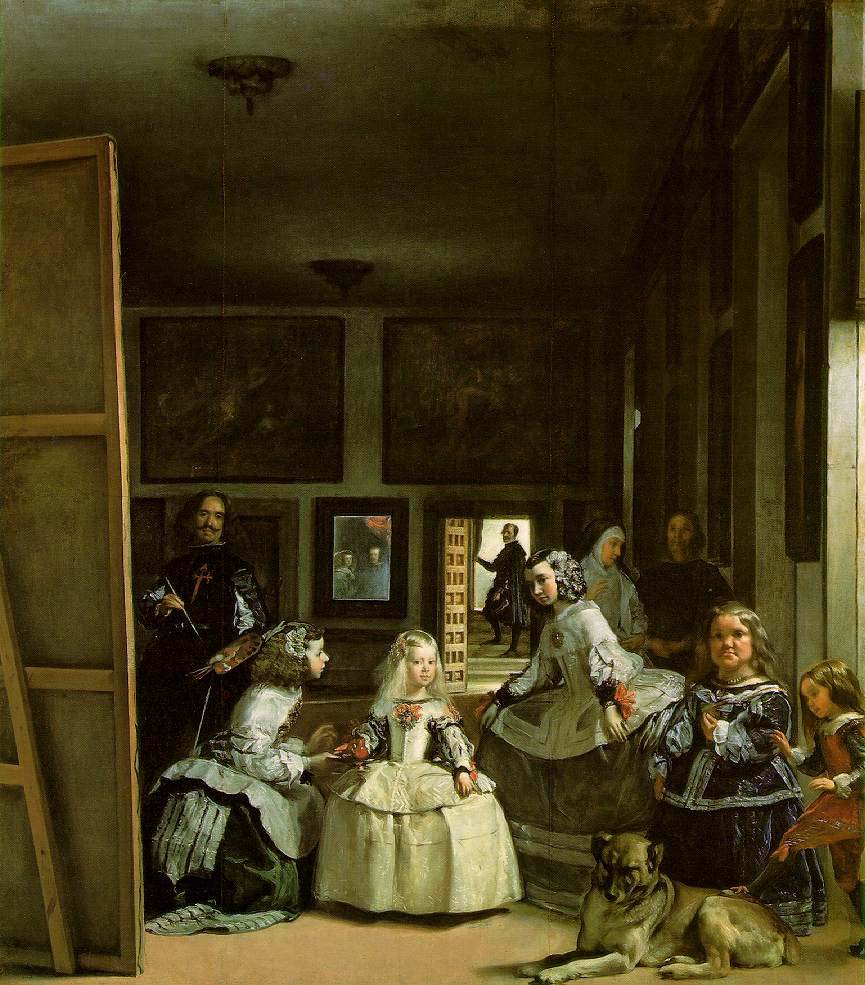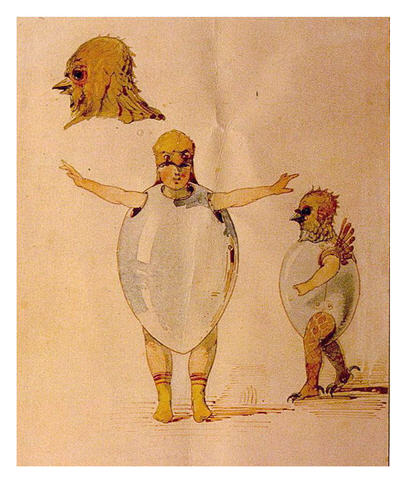Greetings, scholars! Let's promenade!
Take a trip to the Seattle Art Museum before May 19th and you will get to promenade through the special exhibit, European Masters. You will see paintings by Rembrandt, Van Dyke, and Gainsborough, among others. As you walk through the gallery, you will find a portraiture of a little girl and a painting of two young boys on horseback with their playful dogs running alongside. Children in the 19th century enjoyed having fun, just as you do!
 |
| Little Miss Murray by Sir Thomas Lawrence |
 |
| The Hon. E. S. Russell and His Brother by Edwin Landseer |
Pause for a while during your museum promenade to gaze at Mr. Rembrandt's self-portraiture:
 |
| Portrait of the Artist by Rembrandt van Rijn |
Rembrandt created almost one hundred self-portraitures! Fifty were paintings and the rest were etchings and drawings. Can you spy with your little eye his maulstick, palette, and brushes?
Notice Rembrandt's brilliant use of the color white, which is why the fancy, expensive toothpaste is named after him. He is one of the masters of chiaroscuro, which means light and dark in Italian. The other master is my favorite, Caravaggio.
Homework: What is the purpose of a maulstick when painting?
Notice Rembrandt's brilliant use of the color white, which is why the fancy, expensive toothpaste is named after him. He is one of the masters of chiaroscuro, which means light and dark in Italian. The other master is my favorite, Caravaggio.
Homework: What is the purpose of a maulstick when painting?
Do you remember the maulstick in Velázquez' painting, Las Meninas (The Ladies-in-Waiting)? Let's review what we discovered about the world's most beloved painting.
 |
| Las Meninas by Velázquez |
Velázquez was the court painter for King Philip IV of Spain. He worked very hard for the king. After he died, the king painted the honorary red cross on Velázquez' chest that you see in the painting. The dwarf and the young jester (playfully teasing the family dog) and the ladies-in-waiting to the lovely Princess Margarita are all welcomed into the fold of family for this group portraiture. Velázquez created a sense of movement in the painting that makes us want to jump into the scene and play. He had some fun with anyone who views this huge painting, as well. Who is the subject? It was commissioned by the king and queen, but they are painted only as a dim reflection in the mirror. Is the princess the subject?
Could it be true?
The subject is you!
WARNING: If you do get a chance to visit SAM, beware of the Stendahl Syndrome - fainting and heart-racing after viewing fine art. This sickness is named after Mr. Stendahl and his fainting spell upon seeing great artworks in the Uffizi Gallery Museum in Florence, Italy. Mrs. Dike has endured this sickness myriad times. The first episode followed seeing Copley's Watson and the Shark in the Detroit Art Museum when she was 10.
Listen once again to Modest Mussorgsky's Pictures at an Exhibition, a piece he wrote to honor his dear, artist/architect friend, Victor Hartmann, who had died just before the piece was composed. Pictures at an Exhibition was written for piano, but is now usually played by orchestra in an arrangement by Ravel.
Let's go on an artistic/musical treasure hunt! Find:
- Promenade theme...How many times does it reappear throughout the piece? Listen carefully; Sometimes it's disguised!
- Clumsy, shrieking nutcracker
- Sad troubadour by a castle (Saxophone alert!?)
- Children playing in the Tuileries Garden
- Peasant singing as he drives comes closer in his wagon with giant wheels pulled by huge oxen
- Unhatched chicks dancing a ballet - only legs, arms, and heads showing
- Rich, conceited man arguing with a poor, whining man
- Ladies arguing and bickering over fine Limoges china at a sale in Paris
- Scary, underground tombs (catacombs)
- Baba Yaga, the witch of Russian folktales, flying around on a clock-shaped hut
- The Great Gate of Kiev - Listen for the pealing bells and the final, triumphant return of the Promenade!
 |
| Hartmann's Chicks Sketch |
 |
| Baba Yaga's Hut on Hen's Legs |
Ars longa, vita brevis! (Life is short, art lasts!)